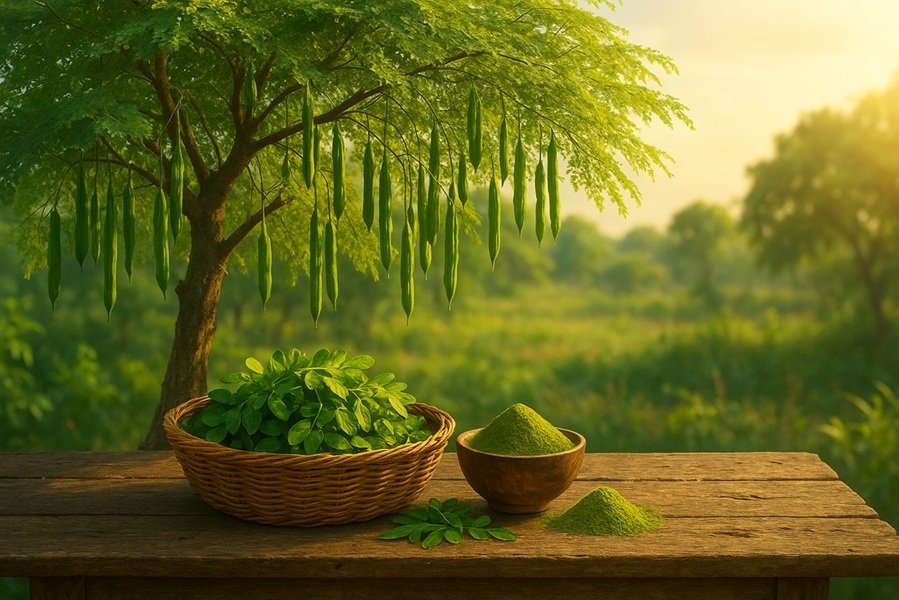
India, known for its rich cultural diversity, celebrates the New Year on different dates based on various regional calendars. One of the most significant New Year celebrations falls around March and April, marking the beginning of Vikram Samvat 2082. This day is celebrated under different names across states, each with unique traditions and cultural significance.
States Celebrating New Year on March 30, 2025
These dates decided by Hindu Panchnag tithi “Chaitra Shukla Pratipada”.
1. North Indian States (Vikram Samvat 2082)
The Hindu New Year, based on the Vikram Samvat calendar, is widely observed in Uttar Pradesh, Bihar, Rajasthan, Madhya Pradesh, Himachal Pradesh, and Uttarakhand. The day is significant for Hindus as it marks the beginning of a new era initiated by King Vikramaditya.
Traditions and Celebrations:
- Temples are decorated, and special prayers are held.
- People perform pujas at home, seeking blessings for prosperity and happiness.
- Fairs and cultural events are organized in several places.
- Some regions observe the day as the beginning of Chaitra Navratri, a nine-day festival dedicated to Goddess Durga.
Read This:
- Vikram Samvat 2082: The Hindu New Year and Its Astrological Significance
- Nav Vikrami Samvatsar 2082 Wishes and Gudi Padwa Wishes: 50+ Best Greetings
- Chaitra Navratri 2025: Dates, Significance, Rituals, and Cultural Importance
2. Maharashtra and Goa (Gudi Padwa)
In Maharashtra and Goa, the New Year is known as Gudi Padwa. It marks the beginning of the Chaitra month and is considered highly auspicious.
Traditions and Celebrations:
- People raise a ‘Gudi’ (a decorated bamboo stick with a cloth and a garland) outside their homes as a symbol of victory.
- Special dishes like Puran Poli and Shrikhand-Puri are prepared.
- Families come together to celebrate and exchange greetings.
- Processions featuring traditional performances take place in major cities like Mumbai and Pune.
Read this: Gudi Padwa Wishes 2025: Best Messages in Marathi and English
3. Andhra Pradesh and Telangana (Ugadi)
In the southern states of Andhra Pradesh and Telangana, this New Year is celebrated as Ugadi.
Traditions and Celebrations:
- Special prayers and rituals are conducted at temples and homes.
- A unique dish called ‘Ugadi Pachadi’ is prepared, symbolizing the different flavors of life (sweet, sour, bitter, and spicy).
- People clean their homes and decorate them with mango leaves and rangoli.
- Astrological predictions for the year are announced in temples.
- Read this:
- Ugadi 2025: Celebration of the Telugu and Kannada New Year
- Ugadi Wishes 2025: Messages, Quotes, and Greetings for a Prosperous New Year
4. Karnataka (Ugadi)
Similar to Andhra Pradesh and Telangana, Karnataka also celebrates the New Year as Ugadi.
Traditions and Celebrations:
- People start their day with an oil bath and wear new clothes.
- Special food items like Obbattu (Holige) and Ugadi Pachadi are prepared.
- Families visit temples to offer prayers.
- Cultural programs and folk performances are organized.
5. Sindhi Community (Cheti Chand)
The Sindhi community celebrates their New Year as Cheti Chand, dedicated to their patron saint, Jhulelal.
Traditions and Celebrations:
- Devotees perform special prayers at Jhulelal temples.
- Processions and fairs are organized, featuring folk music and dance.
- Sindhi families prepare traditional sweets and dishes.
- Social gatherings and community feasts mark the occasion.
Read This: Cheti Chand 2025: The Festival of Sindhi New Year and Jhulelal Jayanti
Cultural and Religious Importance
These New Year celebrations hold immense cultural and religious significance, symbolizing renewal, prosperity, and devotion. The rituals and traditions reflect the deep-rooted heritage of Indian society, bringing people together in joy and harmony.
Conclusion
India’s diversity is beautifully showcased in its varied New Year celebrations. Whether it’s Vikram Samvat in North India, Gudi Padwa in Maharashtra, Ugadi in the South, or Cheti Chand among Sindhis, each festival adds to the vibrant cultural fabric of the country. These celebrations not only mark the beginning of a new calendar year but also strengthen community bonds and promote cultural traditions across generations.





